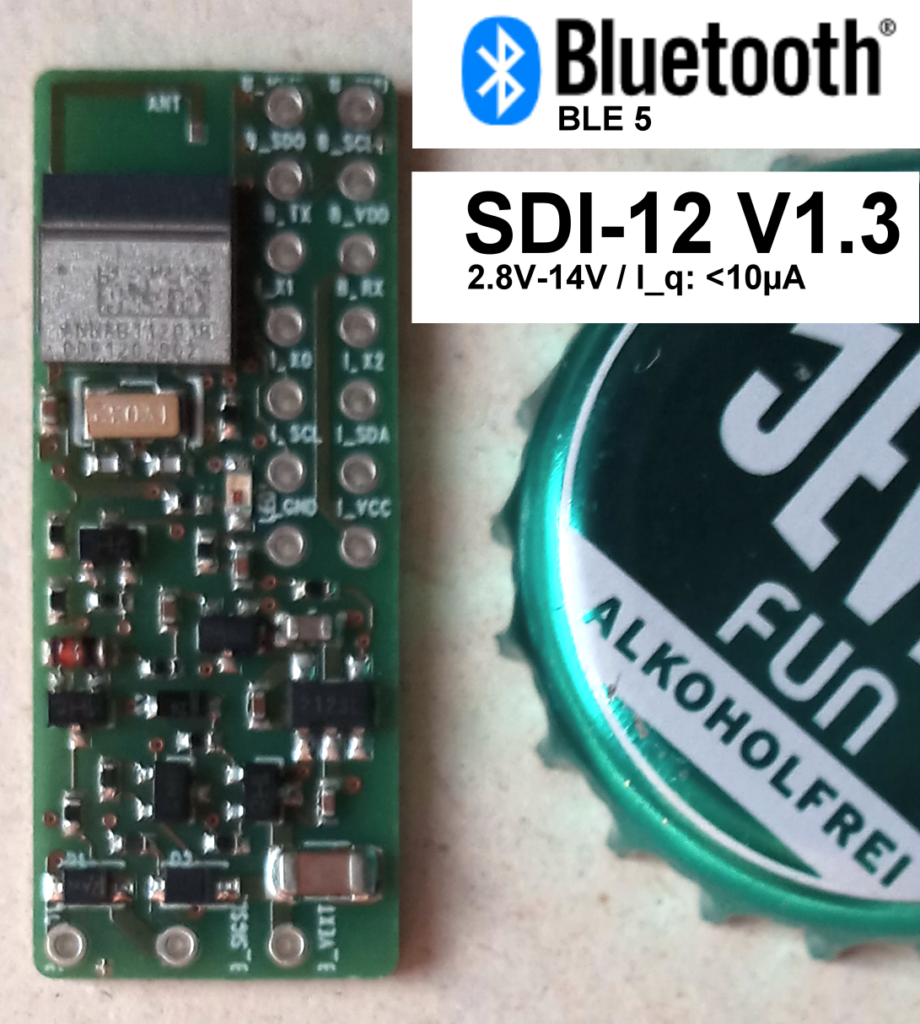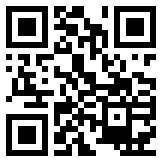The original DS1820, DS18B20 and DS18S20 from Maxim-Integrated are well-known sensors and the accuracy and long term stability is really excellent (especially the “old” DS1820) is now on the market for >25 years. And I am using these parts for almost 25 years now 🙂
Recently I bought several “DS18B20” Temperature Sensors (waterproof in stainless steel caps and with cable) at *incredible low price* (ca. 1 EUR/pcs) and from different suppliers. This is much lower than the high volume price of raw DS18B20 parts from Maxim-Integrated directly.
I tested these sensors very carfully and found out, that obviously none of them was 100% identical to proofen genuine DS18B20 (or DS18S20). Oops…
My tests showed, that there were at least two different clones, counterfait or faked chips used:
- The measured temperatures were OK for all (range 0°C..30°C, (+/- 0.5 °C)).
- The mechanical quality (waterproof sealing, cables, stainless steel caps) was OK for all.
- One lot was very close to the characteristics of genuine DS18B20, except the serial number was some kind of “unusual”. But everything else was Ok.
- One lot obviously had different power up values in the “scratch pad” (an internal flash memory) and was (sometimes) instable with the protocol. Also, these sensors showed wrong values after power up (obviously in the range of the room temperature, but definitely not correct!). Very strange (and I named these “the Ugly”).
I found a very interesting site about this topic: https://github.com/cpetrich/counterfeit_DS18B20 . The author found even more than 4 types of different clones!
In any case: It seems (after long tests), that some of the clones are Ok for uncritical use (nevertheless I added intensive checks to my drivers to distinguish between the “The Good, the Bad and the Ugly”…).





